Choosing the Best Lighting for Bedrooms: Warm White vs Cool White
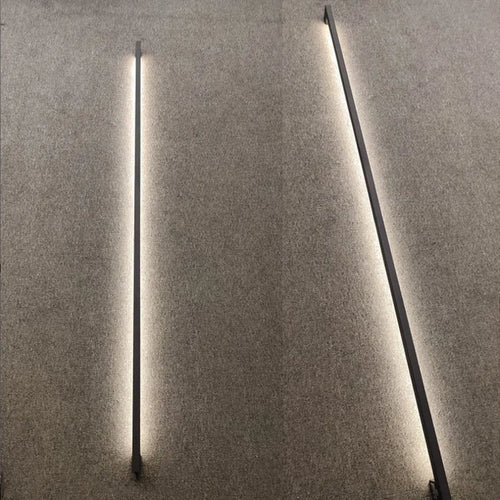
Lighting plays a key role in creating the ambience of your bedroom. Warm white light offers a soothing glow that helps you unwind after a long day. It’s the best colour temperature for bedroom wall lights when aiming for a relaxing bedroom atmosphere. Cool white light provides a sharper, more focused illumination, making it useful for tasks or modern designs. Choosing between warm and cool depends on how you use your space. Warm tones create cosy surroundings, while cool tones suit functional or minimalist interiors.
Key Takeaways
Warm white light (2700K-3000K) feels cosy and helps you relax.
Cool white light (4000K-6500K) is bright and good for studying.
Mixing different lights lets you adjust for different activities.
LED bulbs save money, use less energy, and are eco-friendly.
Think about your room's size when picking lights. Small rooms need warm tones, while big rooms may need both warm and cool lights.
Understanding the Best Colour Temperature for Bedroom Wall Lights
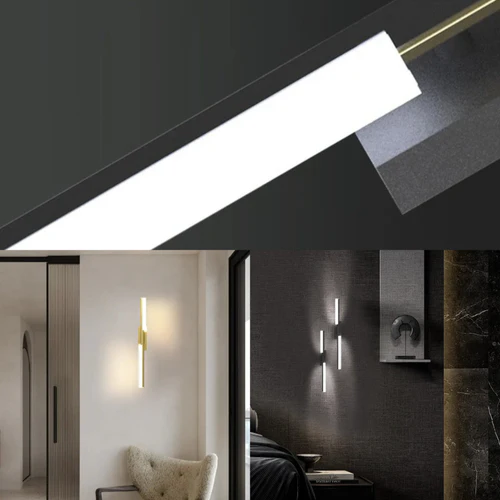
What is Warm White Light?
Warm white light is a type of lighting that emits a soft, yellowish glow, often associated with comfort and relaxation. It typically falls within a colour temperature range of 2000K to 3000K. This range is ideal for creating a calming atmosphere, making it perfect for bedrooms. Studies suggest that warm white light helps your body prepare for sleep by limiting exposure to blue light, which can disrupt your natural circadian rhythm.
Colour Temperature |
Description |
|---|---|
Cosy, intimate warm white light ideal for bedrooms, promoting relaxation. |
|
3000K |
Calming warm white light suitable for creating a welcoming guest room vibe. |
Warm white light is particularly effective in bedrooms because it evokes feelings of warmth and tranquillity. By using bulbs with lower blue light content, you can create an environment that encourages winding down in the evening.
What is Cool White Light?
Cool white light, on the other hand, emits a brighter, bluish-white tone. It has a higher correlated colour temperature, typically ranging from 4000K to 6500K. This type of lighting is often used in spaces where focus and alertness are required, such as kitchens or offices.
Aspect |
Value |
|---|---|
Correlated Colour Temperature (CCT) |
|
Colour Rendering Index (CRI) |
Warm White: 82.5, Cool White: 80.4 |
Spectral Power Distribution |
Characterised using Sekonic Spectromaster C7000 |
While cool white light can feel energising, it may not be the best choice for bedrooms. Its higher blue light content can suppress melatonin production, making it harder for you to fall asleep.
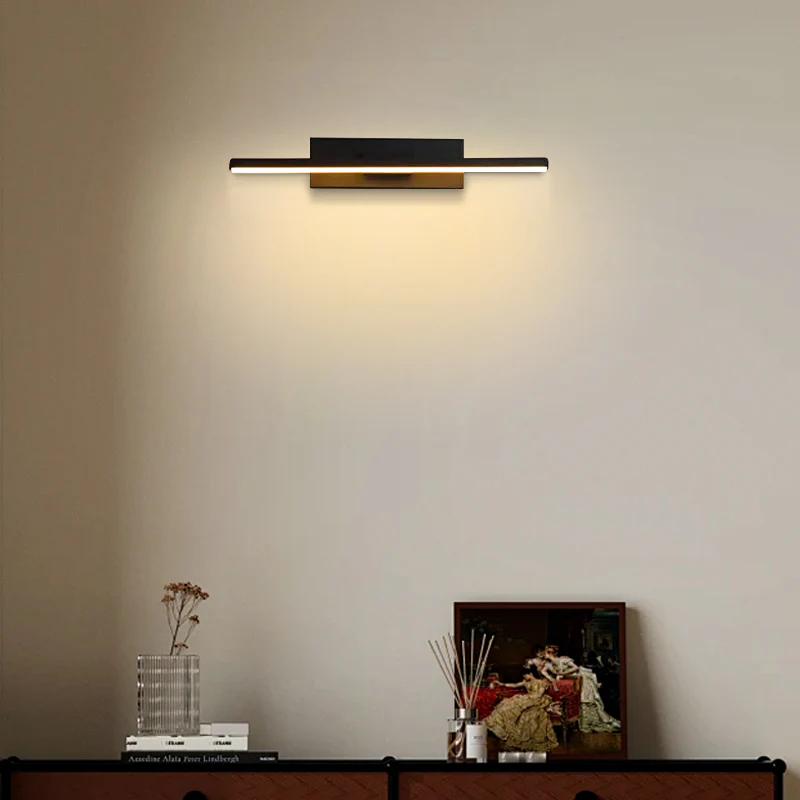
Key Differences Between Warm White and Cool White
The choice between warm white and cool white light depends on the mood and functionality you want to achieve. Warm white light creates a cosy, relaxing environment, while cool white light offers a crisp, energising effect.
Feature |
Warm White (2700K–3000K) |
Cool White (4000K–6500K) |
|---|---|---|
Light Colour |
Yellowish / Amber |
Bluish / White |
Ambiance |
Cosy, Relaxing |
Crisp, Energising |
Common Use |
Bedrooms, Living Rooms |
Kitchens, Offices |
Eye Strain (at night) |
Lower |
Higher |
Sleep Impact |
Promotes melatonin |
Suppresses melatonin |
A 2019 study published in Lighting Research & Technology found that warm lights (around 2700K) had the least negative impact on sleep quality compared to cool white lights. As Dr. Mariana Figueiro from the Light and Health Research Center explains, “Bedroom lighting should support your body’s natural circadian rhythm. Warmer tones signal it’s time to rest.”
By understanding these differences, you can choose the best colour temperature for bedroom wall lights that aligns with your needs and preferences.
Benefits of Warm White Light for Bedrooms
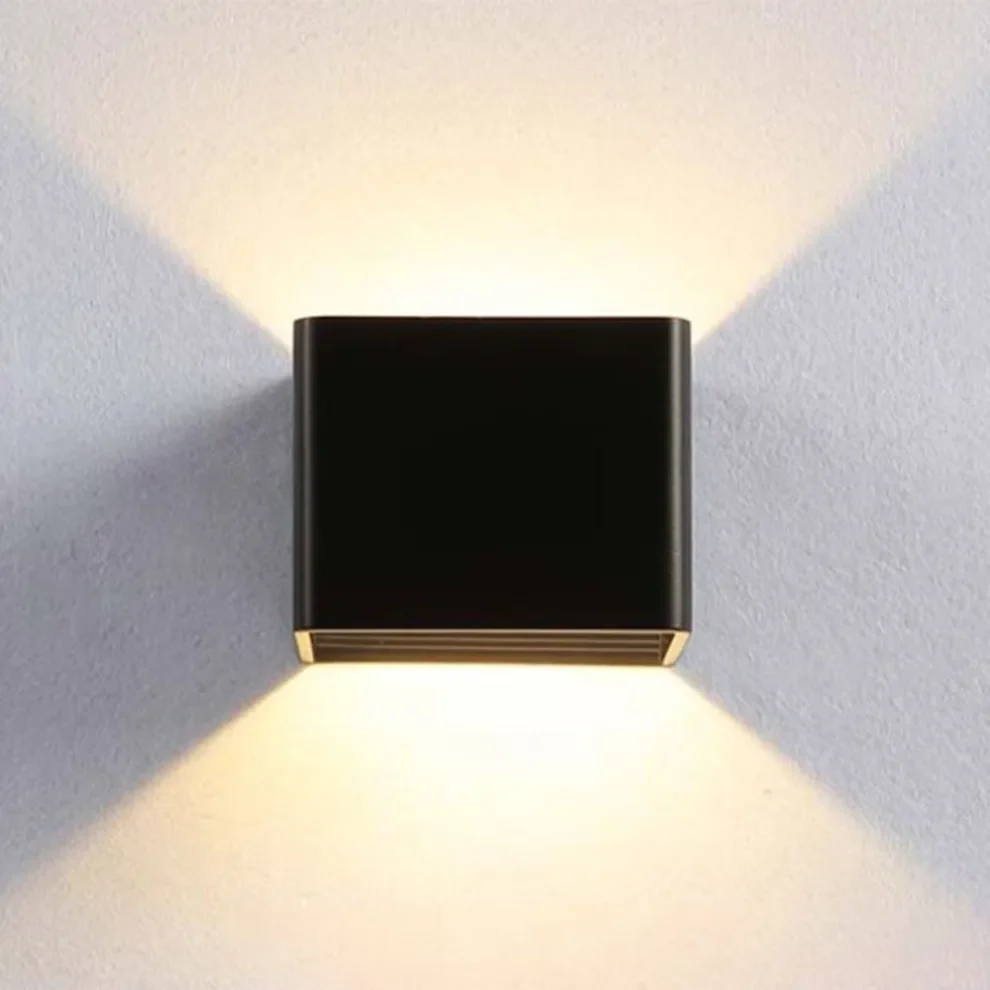
Promotes Relaxation and Better Sleep
Warm white light helps create a calming environment that encourages relaxation. Its soft, yellowish glow mimics the natural light of a sunset, signalling to your body that it is time to wind down. This makes it an excellent choice for bedroom lamps and wall lights. By reducing exposure to blue light, warm white lighting supports your circadian rhythm, helping you prepare for restful sleep.
However, while warm white light is ideal for the late evening, studies suggest that it does not directly improve overall sleep quality. Instead, it minimises melatonin suppression and reduces sleep latency, making it easier for you to fall asleep. This subtle yet significant impact on your bedtime routine makes warm white lighting a practical choice for creating a relaxing bedroom ambience.
Tip: Use dimmable warm white bulbs to adjust the brightness and create the perfect atmosphere for unwinding before bed.
Creates a Cosy and Inviting Atmosphere
Warm white light transforms your bedroom into a cosy retreat. Its gentle glow adds a sense of intimacy and comfort, making the space feel more inviting. Whether you are reading a book, meditating, or simply relaxing, the warm tones create a soothing backdrop for your activities.
This type of lighting works particularly well with soft furnishings and warm colour schemes. For example, pairing warm white light with earthy tones or pastel shades enhances the overall warmth of the room. The result is a harmonious blend of light and decor that makes your bedroom a haven of tranquillity.
Did you know? Warm white light is often preferred in residential spaces because it creates a welcoming and homely atmosphere.
Enhances the Warmth of Bedroom Walls
The right lighting can dramatically change how your bedroom walls look and feel. Warm white light, especially at a colour temperature of 2700K to 3000K, enhances the richness of warm paint colours like beige, terracotta, or soft yellows. It adds an amber hue that makes the walls appear more vibrant and inviting.
LED bulbs around 3000K are ideal for creating a cosy environment.
Lower colour temperatures, such as 2700K, amplify the warmth of your bedroom walls.
Warm lighting complements warm paint colours, enriching the overall ambience of the space.
By choosing warm white light for your bedroom, you can highlight the natural beauty of your walls and create a cohesive design. This makes it the best colour temperature for bedroom wall lights if you want to achieve a relaxing and visually appealing space.
When Cool White Light Might Be Suitable for Bedrooms
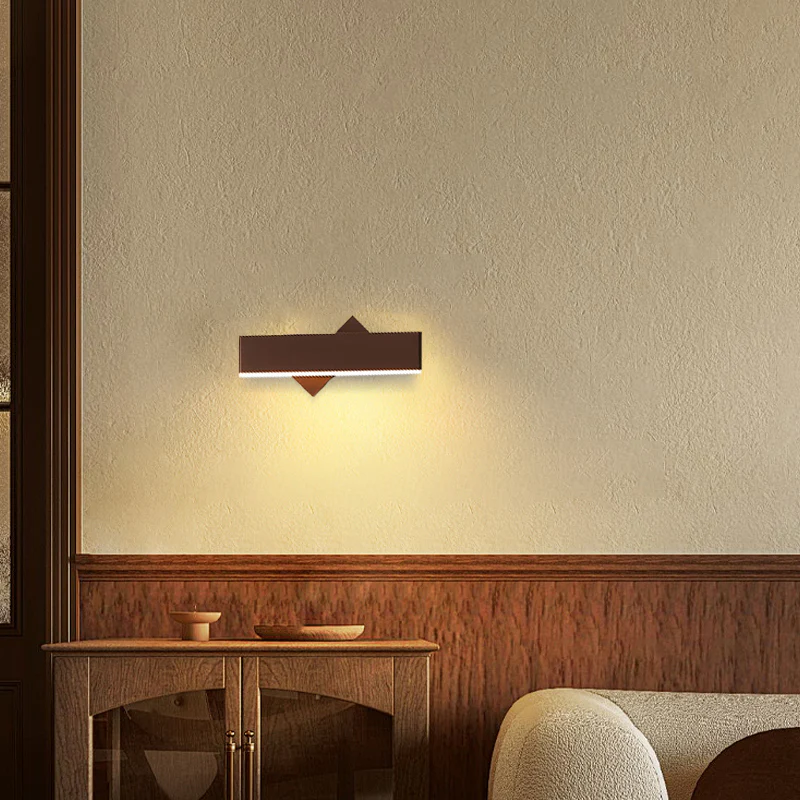
Ideal for Task-Oriented Activities
Cool white light can be a practical choice for bedrooms where you perform task-oriented activities. Its higher colour temperature provides bright, focused illumination, making it easier to concentrate on tasks such as reading, studying, or working on a laptop. Unlike warm white light, which creates a relaxing atmosphere, cool white enhances alertness and cognitive performance.
Studies have shown that exposure to cool white lighting improves productivity and mental clarity. For example:
Study |
Lighting Condition |
Key Findings |
|---|---|---|
Viola et al. |
Improved alertness, mood, and performance; reduced evening sleepiness. |
|
Keis et al. |
5,500 K vs 3,000 K |
Enhanced concentration and cognitive speed after prolonged exposure. |
Malaysian Study |
6,500 K vs 4,000 K |
Higher performance and subjective alertness under 6,500 K after 50 minutes. |
Choi et al. |
6,500 K vs 3,500 K |
Reduced sleepiness after 60 minutes of exposure to 6,500 K lighting. |
Shamsul et al. |
6,500 K vs 4,000 K |
Superior attention and memory performance under 6,500 K lighting conditions. |
These findings highlight how cool white light can support activities requiring focus and precision. If your bedroom doubles as a workspace or study area, this type of lighting can help you stay productive and energised.
Tip: Use adjustable fixtures or dimmable bulbs to switch between cool and warm lighting, depending on the time of day and your activity.
Complements Modern and Minimalist Interiors
Cool white lighting aligns perfectly with modern and minimalist bedroom designs. Its crisp, bluish tones enhance spatial qualities, creating a bright and airy environment. This type of lighting pairs well with clean lines, neutral colours, and uncluttered layouts, which are hallmarks of minimalist interiors.
Cool colours, such as blues and greens, contribute to a calm and refreshing atmosphere.
Cool white light enhances natural light, making the room feel more spacious and open.
It lowers the perception of air temperature, adding comfort in warmer climates.
The refreshing ambience created by cool tones complements the simplicity of modern designs.
If your bedroom features sleek furniture, monochromatic palettes, or metallic accents, cool white lighting can amplify these elements. It highlights the room's architectural features and adds a contemporary touch to the overall aesthetic.
Did you know? Cool white light can make small bedrooms appear larger by creating the illusion of more space.
Suitable for Multi-Functional Bedrooms
In multi-functional bedrooms, where you combine sleeping, working, and leisure activities, cool white light offers versatility. Its bright illumination supports productivity during the day, while its energising effect keeps you alert during tasks. For example, if your bedroom includes a study desk or a vanity mirror, cool white lighting ensures you have adequate brightness for detailed activities.
To achieve a balanced lighting scheme, consider layering different light sources. Use cool white light for task areas, such as desks or wardrobes, and warm white light for relaxation zones, like the bed or reading nook. This approach allows you to tailor the lighting to your needs without compromising comfort.
Pro Tip: Install smart bulbs with adjustable colour temperatures to easily switch between warm and cool lighting, depending on the activity and time of day.
Cool white light is particularly effective in bedrooms that serve multiple purposes. By incorporating it strategically, you can create a functional yet stylish space that adapts to your lifestyle.
Factors to Consider When Choosing Between Warm White and Cool White
Room Size and Layout
The size and layout of your bedroom play a significant role in determining the best lighting. Smaller bedrooms often benefit from warm white lighting, as its soft glow creates a cosy and intimate atmosphere. Larger bedrooms, especially those with high ceilings or open layouts, may require a combination of warm and natural white light to ensure even illumination.
Consider how natural light enters your room during the day. If your bedroom receives ample sunlight, you might prefer warm white lighting for the evening to maintain a relaxing ambience. For darker rooms, natural white light can brighten the space and make it feel more open.
Kelvins (K) |
Light Type |
Characteristics |
Perfect Place |
|---|---|---|---|
Warm White |
Calming, Cosy, Inviting |
Bedrooms, Living Rooms |
|
3000K - 4500K |
Cool White |
Bright, Vibrant, Crisp |
Kitchens, Bathrooms |
Personal Preferences and Lifestyle
Your personal preferences and lifestyle heavily influence your lighting choices. If you value a cosy and relaxing bedroom, warm white lighting is ideal. On the other hand, if your bedroom doubles as a workspace or study area, natural white light might suit your needs better.
Consumer trends show that people increasingly prioritise personalisation in home design. For example:
Families with children often choose warm white lighting to create a comforting environment.
Avid readers or those who work from home may prefer brighter, natural white light for better visibility.
Exposure to design trends through social media or magazines also impacts lighting decisions.
Align your lighting with how you use your bedroom. This ensures both functionality and comfort.
Layering Lighting for Versatility
Layering lighting is a practical strategy for creating a versatile bedroom. Combining different light sources allows you to adapt the ambience to your activities. For instance:
Use bedside lamps or wall sconces with warm white lighting for reading or relaxation.
Install a ceiling fixture with a dimmer switch to adjust brightness levels.
Add task lighting at vanities or dressing tables for grooming.
Avoid harsh overhead lighting, as it can disrupt your sleep patterns. Instead, focus on creating a balance between warm and natural white light. This approach enhances the functionality of your bedroom while maintaining a soothing atmosphere.
Tip: Smart bulbs with adjustable colour temperatures let you switch between warm and cool lighting effortlessly.
Energy Efficiency and Bulb Type
When choosing the best lighting for your bedroom, energy efficiency plays a crucial role. The type of bulb you select not only affects your electricity bill but also impacts the environment. Modern options like LED bulbs outperform traditional incandescent bulbs in nearly every aspect, making them a popular choice for bedrooms.
LED bulbs consume significantly less energy while providing the same level of brightness. For example, a 15-watt LED bulb can produce as much light as a 100-watt incandescent bulb. This efficiency translates into lower monthly costs and a reduced carbon footprint. Additionally, LED bulbs last much longer, with lifespans ranging from 15,000 to 25,000 hours, compared to just 1,000 hours for incandescent bulbs. This durability means fewer replacements, saving you money and effort over time.
Here’s a quick comparison of energy consumption and performance across different bulb types:
Bulb Type |
Watts Consumed |
Monthly Cost (8 hours/day) |
Lifespan (hours) |
Lumens per Watt |
|---|---|---|---|---|
Incandescent |
100 |
$3.60 |
1,000 |
10-17 |
LED |
15 |
$0.54 |
15,000 - 25,000 |
70-100 |
LED bulbs also offer versatility in colour temperature, allowing you to choose between warm white and cool white tones. This flexibility makes them ideal for creating the perfect bedroom ambience while keeping energy consumption low. Although LED bulbs may have a higher upfront cost, their long-term savings and efficiency make them a worthwhile investment.
By opting for energy-efficient bulbs, you can enjoy comfortable bedroom lighting without worrying about excessive energy use or frequent replacements.
Warm white light creates a relaxing and comfortable bedroom environment. Its soft glow helps you unwind and prepares your body for restful sleep. Cool white light suits task lighting or modern designs, offering bright and focused illumination. Choosing the best lighting depends on your needs and how you use your bedroom. Consider your room’s design and activities to find the ideal colour temperature.
Tip: Experiment with adjustable bulbs to switch between warm and cool tones for added versatility.
FAQ
What is the best colour temperature for a relaxing bedroom?
Warm white light, with a colour temperature between 2700K and 3000K, is ideal for creating a relaxing bedroom. Its soft, yellowish glow promotes a cosy and calming atmosphere, helping you unwind and prepare for restful sleep.
Can I use cool white light in my bedroom?
Yes, you can use cool white light for specific purposes, such as task lighting or modern interiors. It provides bright and focused illumination, making it suitable for activities like reading or working. However, avoid using it near bedtime as it may disrupt your sleep.
How can I combine warm and cool white lighting in my bedroom?
Layering lighting is the best way to combine warm and cool tones. Use warm white light for relaxation zones, such as near the bed, and cool white light for task areas, like desks or vanities. Smart bulbs with adjustable temperatures offer added flexibility.
Are LED bulbs better for bedroom lighting?
LED bulbs are an excellent choice for bedrooms. They consume less energy, last longer, and offer a range of colour temperatures. You can choose warm white LEDs for a cosy ambience or cool white LEDs for task lighting, depending on your needs.
Does warm white light improve sleep quality?
Warm white light supports your natural circadian rhythm by reducing blue light exposure. This helps your body prepare for sleep, making it easier to fall asleep. While it doesn’t directly improve sleep quality, it creates a calming environment that promotes relaxation before bedtime.

